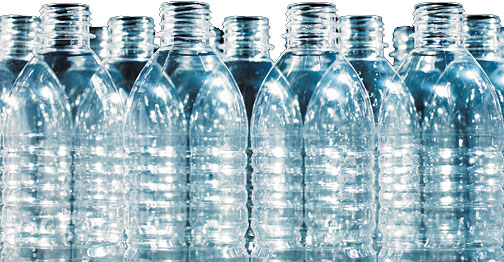 |
 |
The ABCs of BPABy Editorial Staff Bisphenol A, otherwise known as BPA, is a chemical that has been linked to the development of cardiovascular disease and diabetes. For example, a recent study, results of which were published in the Journal of the American Medical Association, found that higher urinary BPA concentrations were associated with elevated rates of both conditions. That's important to know because it's been estimated that up to 90 percent of U.S. adults have some level of BPA in their body (as seen from urine samples), which makes sense (unfortunately) if you consider that BPA has been used since the 1960s in many hard plastic bottles and to line food and beverage containers. According to the National Institute of Environmental Health Sciences, a branch of the National Institutes of Health, there are certain precautions that can be taken to protect adults, children and infants from the potential hazards of BPA, including the following:
For more information about BPA, visit www.niehs.nih.gov/news/media and click on "Since You Asked - Bisphenol A" on the left-hand toolbar. 
Page printed from: http://www.toyourhealth.com/mpacms/tyh/article.php?id=1310&no_paginate=true&no_b=true |